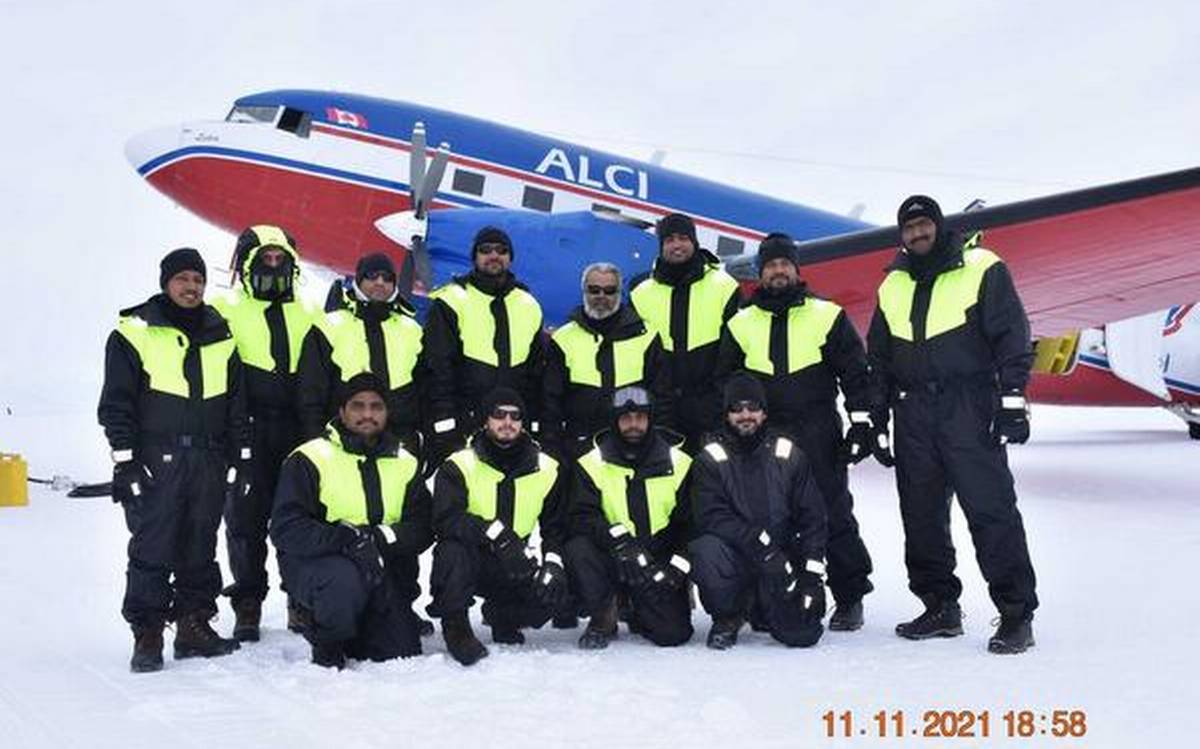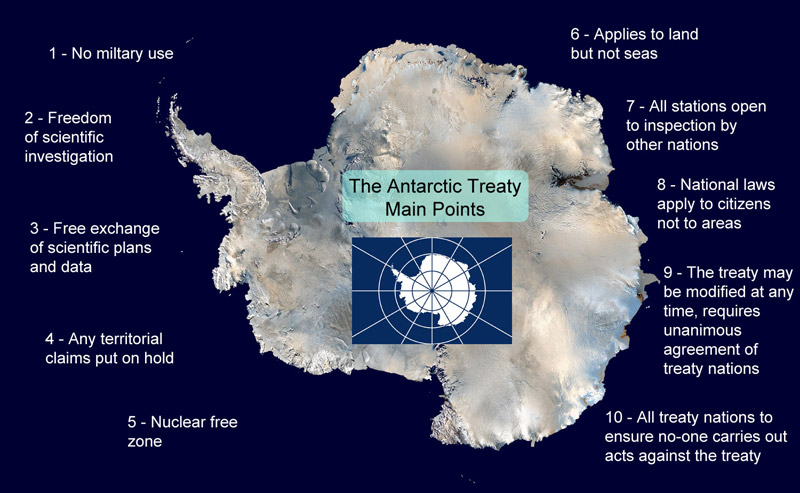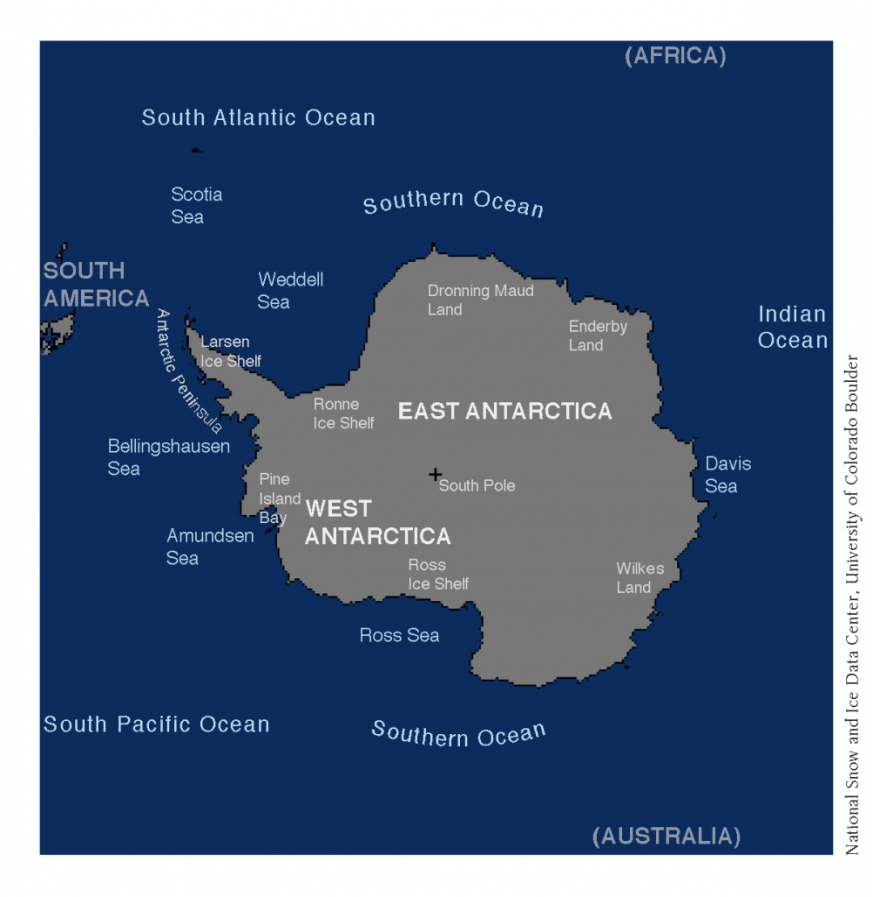Description

Disclaimer: Copyright infringement not intended.
Context
- India has successfully launched the 41st Scientific Expedition to Antarctica with the arrival of the first batch of its contingent at the southern white continent.
Details
- The 41st expedition has two major programs.
- The first program encompasses geological exploration of the Amery ice shelf at Bharati station.
- This will help explore the link between India and Antarctica in the past.
- The second program involves reconnaissance surveys and preparatory work for drilling of 500 meters of ice core near Maitri.
- It will help in improving the understanding of Antarctic climate, westerly winds, sea-ice and greenhouse gases from a single climate archive for past 10,000 years.
Indian Antarctic Program
- The Indian Antarctic Program is a multi-disciplinary, multi-institutional program under the control of the National Centre for Polar and Ocean Research, Ministry of Earth Sciences.
- It was initiated in 1981 with the first Indian expedition to Antarctica.
- The program gained global acceptance with India's signing of the Antarctic Treaty and subsequent construction of the Dakshin Gangotri Antarctic research base in 1983, superseded by the Maitri base from 1989.
- The newest base commissioned in 2012 is Bharati.
- Under the program, atmospheric, biological, earth, chemical, and medical sciences are studied by India.
- As of today, Maitri and Bharati are fully operational.
- The National Centre for Polar and Ocean Research (NCPOR), Goa—an autonomous institute under the Ministry of Earth Sciences—manages the entire Indian Antarctic program.
The Antarctic Treaty
- The Antarctic Treaty was signed in Washington on 1 December 1959 by the twelve nations (Argentina, Australia, Belgium, Chile, France, Japan, New Zealand, Norway, South Africa, United Kingdom, United States and USSR).
- The Treaty now has 52 signatories. India became a member of this treaty in 1983.
- Headquarters: Buenos Aires, Argentina.
- The Treaty, applies to the area south of 60° South latitude.
Its provisions are as follows:
- stipulates that Antarctica should be used exclusively for peaceful purposes,
- military activities, such as the establishment of military bases or weapons testing, are specifically prohibited;
- guarantees continued freedom to conduct scientific research
- promotes international scientific cooperation including the exchange of research plans and personnel,
- requires that results of research be made freely available;
- Antarctica is not subject to the claim of any country,
- prohibits nuclear explosions and the disposal of radioactive waste;
- provides for inspection by observers, designated by any party, of ships, stations and equipment in Antarctica to ensure the observance of, and compliance with, the Treaty;
- requires parties to give advance notice of their expeditions; provides for the parties to meet periodically to discuss measures to further the objectives of the Treaty; and
- puts in place a dispute settlement procedure and a mechanism by which the Treaty can be modified.

The Antarctic Treaty System
- The Antarctic Treaty System comprises the Treaty itself and a number of related agreements.
- The Treaty System includes the recommendations, measures, decisions and resolutions of matters relating to:
- scientific cooperation;
- protection of the Antarctic environment;
- conservation of plants and animals;
- preservation of historic sites;
- designation and management of protected areas;
- management of tourism;
- information exchange;
- collection of meteorological data;
- hydrographic charting;
- logistic cooperation; and
- communications and safety
Major International Agreements of the Treaty System:
- The 1959 Antarctic Treaty.
- The 1972 Convention for the Conservation of Antarctic Seals.
- The 1980 Convention on the Conservation of Antarctic Marine Living Resources.
- The 1991 Protocol on Environmental Protection to the Antarctic Treaty
- The development of these agreements has allowed the implementation, with greater precision, of legally binding provisions for the regulation of activities in Antarctica.

https://www.pib.gov.in/PressReleasePage.aspx?PRID=1771934












